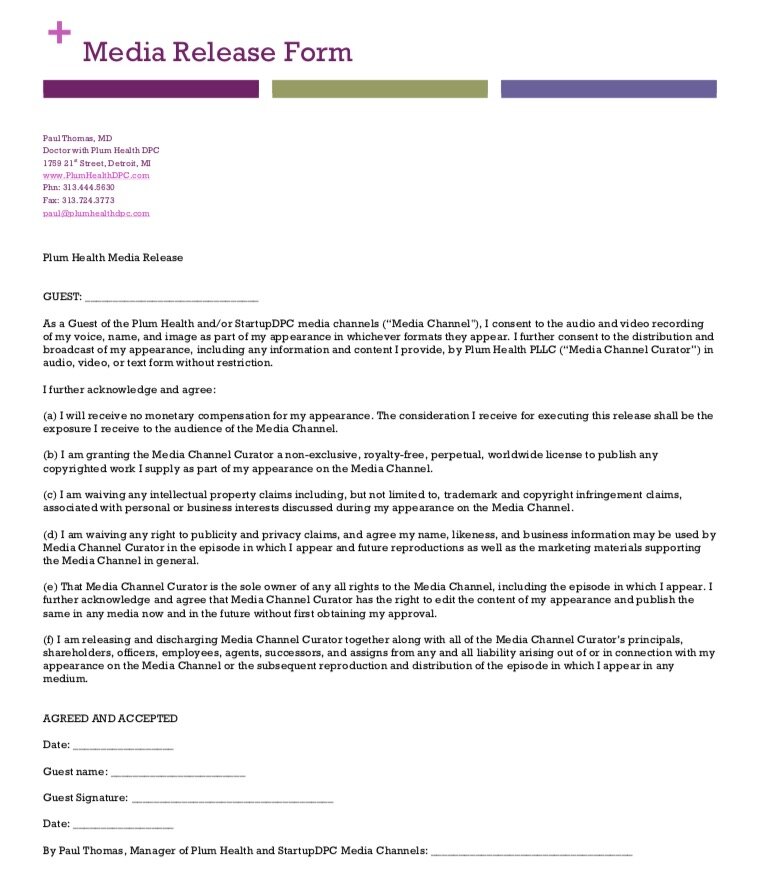Dr. Paul Thomas at the DPC Summit 2021
On July 17th, 2021, Dr. Paul Thomas presented at the DPC Summit 2021, hosted by the American Academy of Family Physicians. It was a phenomenal, and well-attended event, and it was an honor to be a part of it and presenting at such an important conference.
The presentation focused on branding and marketing for direct primary care doctors. Family doctors are not taught how to promote themselves or their work in a meaningful way. This presentation focuses on how to do just that, and how to attract new patients to a family medicine practice. It focuses on leveraging social media channels, search engine optimization, and social media.
Paul Thomas, MD presenting at the DPC Summit 2021 hosted by the American Academy of Family Physicians.
Reviews for Dr. Paul Thomas at the DPC Summit 2021
Dr. Paul Thomas’ session at the DPC Summit 2021 hosted by the American Academy of Family Physicians received high reviews for the effectiveness, clarity, organization, and subject knowledge of the presentation. Dr. Thomas’ presentation focused on Branding and Marketing for Direct Primary Care Doctors.
Here are some of the reviews for Dr. Paul Thomas’ presentation at the DPC Summit 2021:
This is consistently one of the best presentations that provides the most relevant content for the doctor just starting out their DPC practice. I would recommend this particular session for anyone before they decide on a name, even, as the information provided about that simple (not so simple) decision can make the rest of marketing, branding, etc. even easier.
Dr. Thomas was excellent as always! Gained a lot of insight into how to run social media with a DPC practice. Wow, that guy has energy. wondering when he has time to do any patient care with all that energy in marketing. If I decide to do this I will definitely use his information as a resource.
Enthusiasm and clear joy in practice was inspiring -- appreciate the broad overview of the basics that go in to branding as well as the resources shared
Dr. Paul, your book is great! Would like to visit you/your practice before I start my own DPC in California on 2022.
Wow, I learned so much from this. I feel like I know so little. This was wonderful
Really great speaker with passion.
Outstanding marketing info. Great principles. I'll be studying this!
Wonderful lecture for options and guidance on marketing
Such a great talk- thank you! | Enjoyed the book | Wonderful presentation!
Dr. Paul Thomas’ session at the DPC Summit 2021 hosted by the American Academy of Family Physicians received high reviews for the effectiveness, clarity, organization, and subject knowledge of the presentation. Dr. Thomas’ presentation focused on Branding and Marketing for Direct Primary Care Doctors.
You can see the full agenda for the DPC Summit, here: http://www.dpcsummit.org/agenda.html







